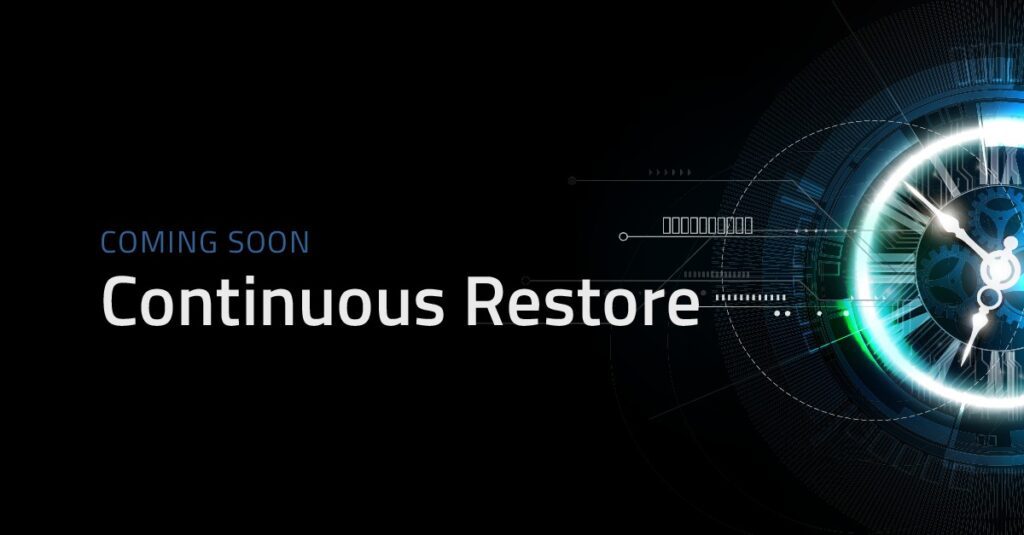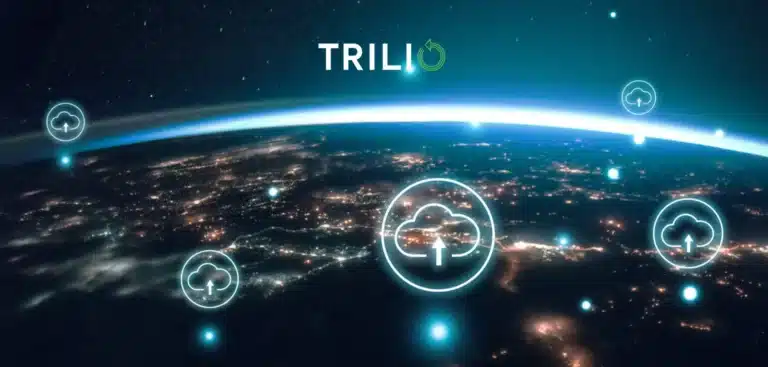
At KubeCon Europe, we made an exciting announcement about an upcoming feature that revolutionizes data protection. It’s called Continuous Restore, and it can dramatically improve your recovery time, reduce data loss from outages, and help you meet SLAs with ease.
And it was a big hit, with many attendees eager to learn more and use it in their own environments.
So how can Continuous Restore help you hit your goals? Here’s what you need to know.
How Continuous Restore Works: Replicate & Migrate Your Stateful Apps to Any Environment
Before we dive into how Continuous Restore works, it’s important to understand the context. In today’s world, most enterprises are running containerized applications in distributed environments. In other words, their architecture uses a combination of cloud, edge, and core resources.
While distributed environments are beneficial for things like speed, efficiency, and cost, they work best when you can freely move your data between them. There’s just one problem: It’s not easy to do so. And until now, there were no affordable, simple solutions to help you.
That’s why we created Continuous Restore. With this feature, you can:
- Migrate, replicate, and restore data and metadata to any storage, cloud, or distribution.
- Continuously stage data in multiple, heterogeneous clouds.
- Bring applications online in seconds, no matter where you run them or store their data.
What can Continuous Restore do for your business? Let’s take a look.
Benefits of Continuous Restore
The ability to move easily and quickly between environments is groundbreaking in our multi-cloud world. It helps you:
- Dramatically improve RTO and other time metrics: Quickly restore your applications from any cloud, storage, or distribution to maximize uptime and achieve your business goals. In fact, Continuous Restore can improve your RTO by up to 80%.
Efficiently recover from disaster: Continuously backup your applications and their associated data no matter what they contain or where they’re located. When an outage occurs, your data is already protected and readily accessible, so recovery is quick and data loss is minimized.Save time and money: Because you can easily migrate between environments, you can take full advantage of a heterogenous, distributed environment. Choose the providers that meet your needs, saving you time and money and increasing efficiency.Improve your CI/CD pipeline: Easily spin up multiple environments to test your production data in, making sure it’s bug-free and customer-ready before you release it.Unify your infrastructure: With so many computing platforms and storage solutions, you might be accidentally siloing your distributed environment. Continuous Restore helps you break down silos by allowing your applications and data to move between them.
Want to learn more? Hit play on the video below to hear David Safaii, Trilio’s CEO, talk about Continuous Restore.
Are You Ready to Level Up Your Data Protection?
Continuous Restore will be available in the early fall, so come back soon for more updates on its release.
In the meantime, learn more about how Continuous Restore is changing the game and explore TrilioVault for Kubernetes to boost your data protection.




